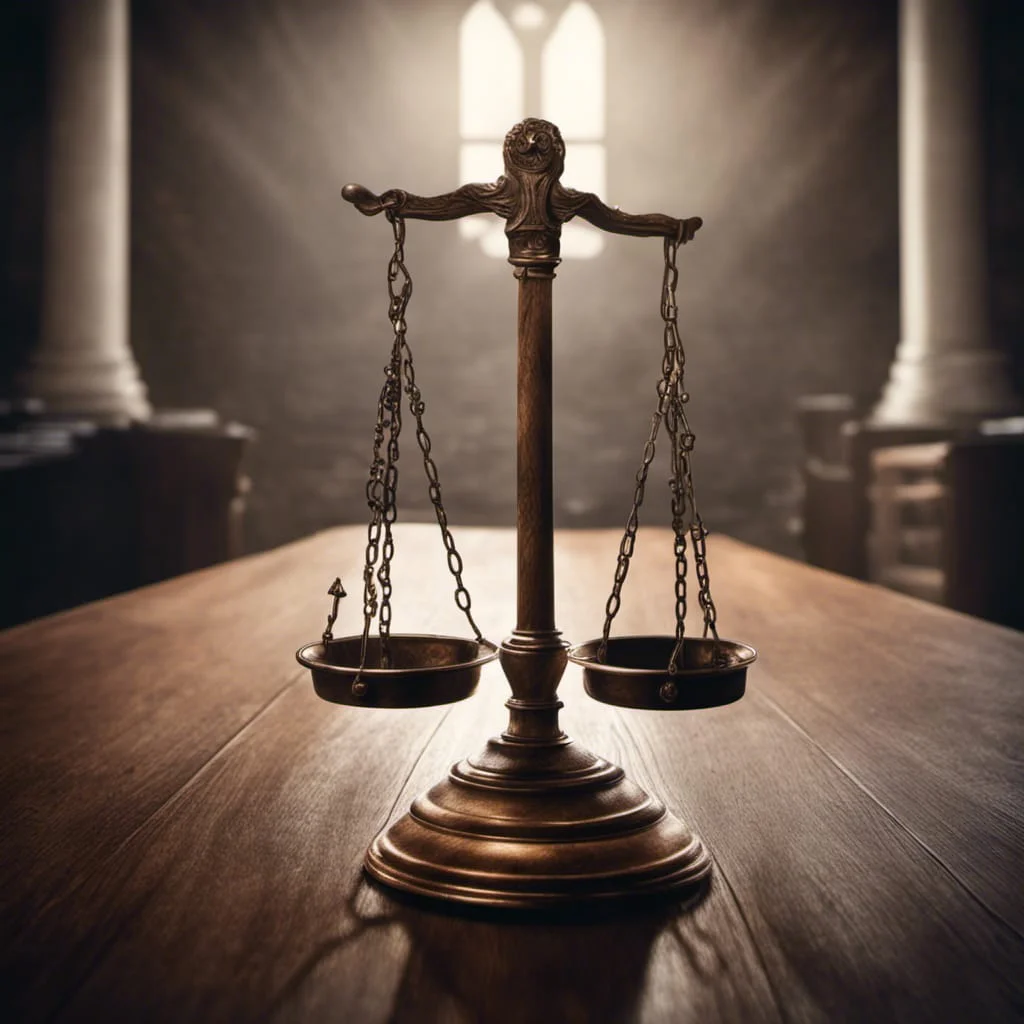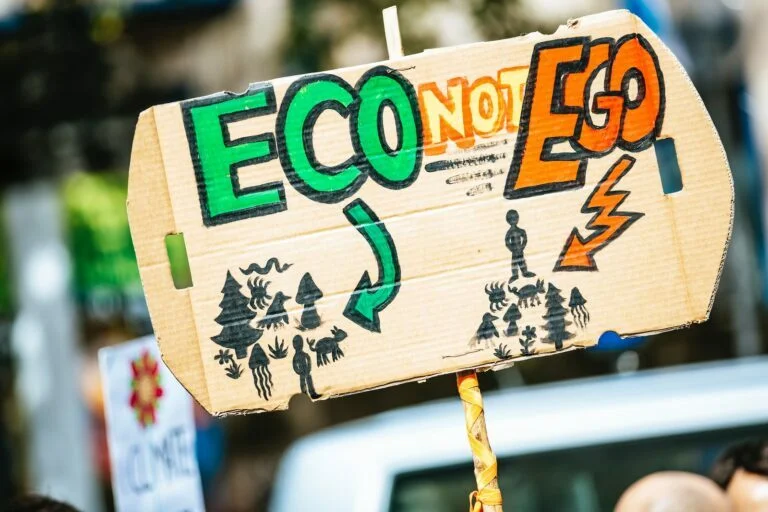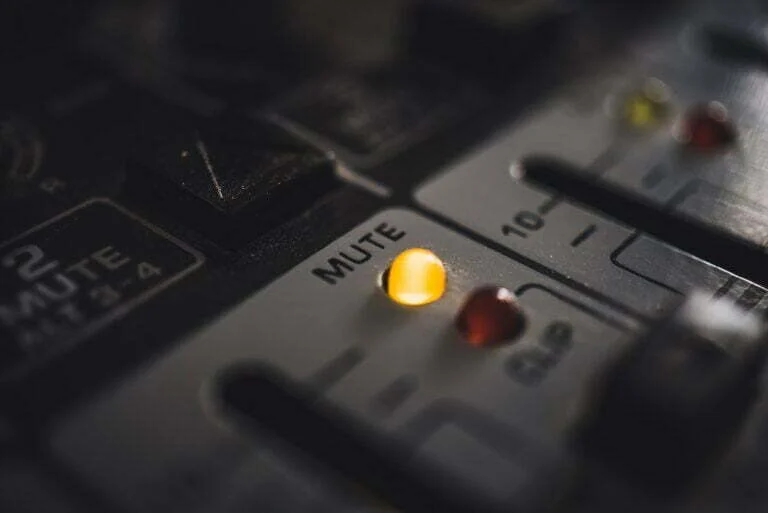
Behind the curtains of conventional justice, a quiet revolution is underway—one that seeks to mend the fractures left by harm and conflict. At the heart of this movement lies restorative justice—a philosophy that beckons us to embrace the intricate dance of healing, responsibility, and shared understanding. In the pages of our upcoming article, we’ll draw back the curtain, inviting you to witness the emergence of a justice that doesn’t just restore but transforms.
Restorative Justice Principles
Restorative justice emphasizes the involvement of all stakeholders in the conflict resolution process. This includes not only the individuals directly involved but also teachers, parents, and the broader school community. Inclusive participation encourages a sense of shared responsibility and collective decision-making.
Instead of punitive measures that often lead to resentment, restorative justice focuses on repairing the harm caused by conflicts. Offenders are held accountable for their actions and are encouraged to actively contribute to finding solutions that address the needs of those affected.
Central to restorative justice is the cultivation of empathy and open communication. By encouraging participants to listen actively, share their feelings, and understand the perspectives of others, restorative justice helps build bridges and foster understanding.
Restorative justice seeks to transform behavior by addressing the underlying causes of conflicts. It aims to support personal growth and development, guiding individuals toward making better choices and preventing future conflicts.
Origins and Historical Context
While restorative justice might seem like a modern concept, its roots extend deep into history and various cultural practices. Indigenous communities around the world have long embraced principles that align with restorative justice. These cultures recognized the importance of harmony, community involvement, and repairing harm rather than merely punishing offenders.
The contemporary resurgence of restorative justice can be traced back to the mid-20th century. It gained momentum as an alternative to traditional justice systems that often left victims feeling unheard and offenders disconnected from the consequences of their actions. The concept gained recognition through influential figures like Howard Zehr, who introduced “Restorative Justice: An International Journal,” and contributed significantly to its academic development.
Evolution of Justice
The 1970s marked a pivotal moment in the history of restorative justice. Canada’s Kitchener-Waterloo neighborhood in Ontario became the birthplace of a conferencing model that gathered victims, offenders, and community members to address crimes and conflicts. This groundbreaking approach provided an early blueprint for restorative justice practices, emphasizing dialogue and resolution over retribution.
In the decades that followed, restorative justice began to spread across the globe, finding application in various settings, including criminal justice, education, and community conflicts. Organizations, academic institutions, and communities started adopting restorative practices, gradually shifting the narrative around justice.
The Modern Landscape
Today, restorative justice continues to evolve and adapt to diverse contexts. From victim-offender mediation to restorative circles in schools and restorative conferencing in criminal justice, the philosophy has proven its effectiveness in repairing harm, reducing recidivism, and rebuilding relationships.
Retributive Justice Vs Restorative Justice
Retributive justice and restorative justice stand as two contrasting portraits in the gallery of justice systems. Imagine them as two diverging roads—one leading to punishment and the other to healing. Retributive justice brandishes a gavel, its focus fixed on weighing guilt and exacting retribution. It seeks equilibrium through penalties, aiming to restore the scales of justice. However, critics argue that this approach can inadvertently perpetuate cycles of vengeance and disregard the humanity of both offenders and victims.

Examples of Restorative Justice
- Victim-Offender Mediation: In cases where a crime has been committed, the victim and the offender come together in a controlled environment facilitated by a mediator. This provides an opportunity for both parties to express their feelings, discuss the impact of the crime, and collaboratively determine how the offender can make amends.
- Community Conferencing: This involves a wider circle of individuals affected by the crime, including community members, friends, and family. The group collectively addresses the harm, discusses its consequences, and works towards a solution that repairs relationships and restores harmony.
- Restorative Circles: Used in educational settings, restorative circles bring together students, teachers, and sometimes parents to address conflicts and behavioral issues. The process encourages open communication, active listening, and collaborative problem-solving.
- Restitution and Community Service: Instead of punitive measures, offenders may be required to provide restitution to the victim or engage in community service that benefits those affected by their actions. This approach emphasizes accountability and allows offenders to directly contribute to repairing the harm they caused.
Restorative Justice in School
The impact of restorative justice ripples far beyond individual cases. In our upcoming section, we’ll explore how this approach functions in an educational setting.
- Conflict Resolution: Restorative justice offers an alternative to traditional disciplinary approaches. Instead of suspensions or expulsions, schools can utilize restorative circles or conferences to address conflicts, allowing all parties involved to express themselves and collaboratively find solutions.
- Building Relationships: Creating a positive school climate requires strong relationships among students, educators, and staff. Restorative justice practices help build trust and connections within the school community, contributing to a sense of belonging.
- Teaching Social and Emotional Skills: Restorative justice provides opportunities for students to develop essential social and emotional skills, such as active listening, empathy, and conflict resolution. These skills not only benefit their academic journeys but also prepare them for success in life.
Critiques and Concerns
While restorative justice has gained recognition and widespread adoption as a transformative approach to conflict resolution, it is not without its share of criticisms and concerns. It’s important to acknowledge these critiques to have a comprehensive understanding of the approach’s strengths and limitations.
Here are some of the key criticisms of restorative justice:
Undermining Legal Rights: One significant criticism is that restorative justice can sometimes sideline legal rights and due process. Critics argue that victims may feel pressured to participate in restorative processes, potentially compromising their legal entitlements. Moreover, offenders might not fully understand the implications of admitting guilt in a restorative setting.
Inequality and Power Dynamics: Critics point out that restorative justice processes might not address the inherent power imbalances that exist between victims and offenders. In cases of abuse or violence, victims might feel coerced or unsafe facing their offenders directly. This could lead to further victimization and unequal outcomes.
Lack of Accountability: Some critics contend that restorative justice could allow offenders to avoid facing the full consequences of their actions. They worry that focusing on repair and healing might overshadow the need for accountability and proportionate consequences, particularly for serious crimes.





